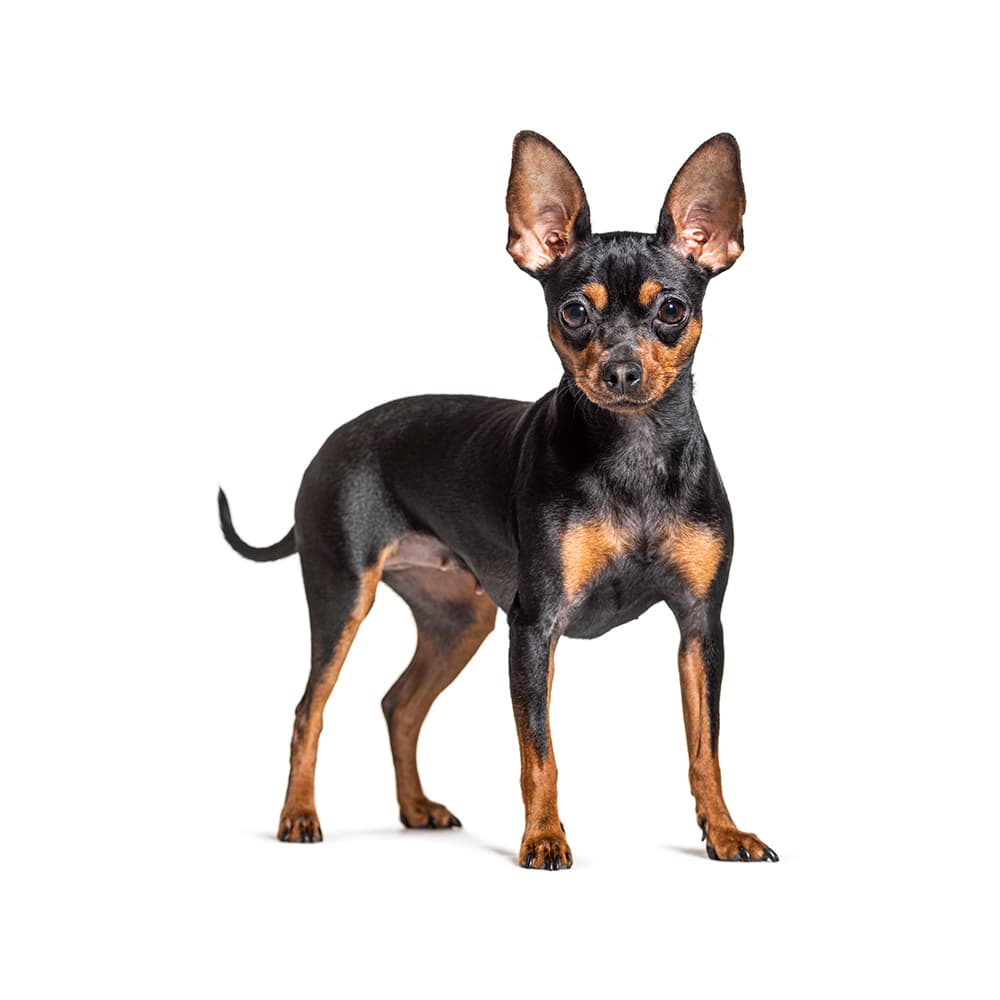Discover your dog's connection to this breed and 200+ others


Discover your dog's connection to this breed and 200+ others



The Prague Ratter, also known as Pražský Krysařík, is a small dog breed originally from the Czech Republic with a history that dates back several centuries. Though they are not as well-known as other small dog breeds, the Prague Ratter has a rich history and unique characteristics that make it a fantastic companion. The history of the Prague Ratter is believed to go back over 1,000 years. The breed's development is often linked to the Czech royal history. Prague Ratters were favorites among the Bohemian aristocracy, and it was a popular breed at the courts of the Czech kings in the Middle Ages (1). The name ""Prague Ratter"" or ""Pražský Krysařík"" is derived from the city of Prague and the Czech word for a rat, indicating its role as a rat-catcher in its earlier years.
They are generally healthy, but can be susceptible to conditions common in many small dogs, including patellar luxation and dental problems due to the size of their jaw. Currently, there are no known genetic conditions tightly associated with the breed. As for all breeds, genetic screening is recommended to assist veterinarians with diagnosis and proactive care, as well as help breeders identify affected and carrier dogs.
Prague Ratters are known for their active, playful, and sociable nature. They are intelligent and quick learners, making them relatively easy to train. Despite their small size, they are courageous and can make good watchdogs. They love being part of the family and are great with children. However, due to their size, interaction with very young children should be supervised.
The Prague Ratter is said to be the smallest breed in the world in terms of height. They typically stand about 7 to 9 inches tall at the shoulder.
Despite its diminutive size, the Prague Ratter was originally bred for catching rats in rural and urban households (hence the name "Ratter").
The breed almost went extinct in the 19th century when the Miniature Pinscher gained popularity. However, Czech and Slovak breeders revived interest in the Prague Ratter in the late 20th century.
http://www.fci.be/Nomenclature/Standards/363g09-en.pdf
http://praguerattersclub.com/breed-standard
https://www.fci.be/en/nomenclature/PRAGUE-RATTER-363.html
Recommended by top vets with decades of experience
21 breeds
64 genetic health markers
50 genetic trait markers
